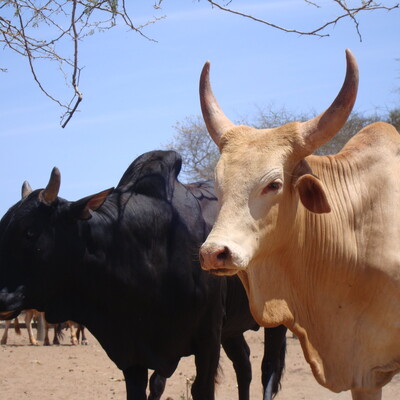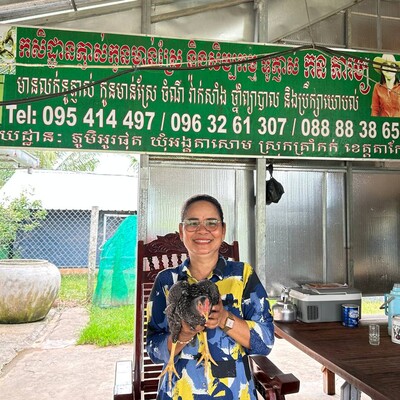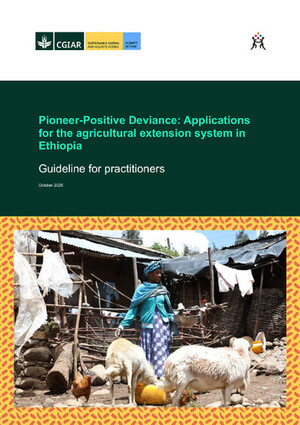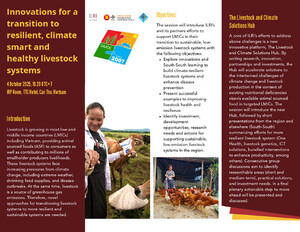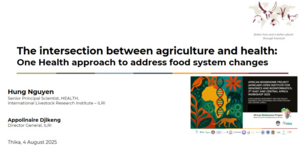
Buffelgrass: a drought-tolerant bunchgrass

Buffelgrass growing in a field trial in Bishoftu, Ethiopia (photo credit: Ricardo Sanchez Gutierrez/Ethiopia).
Buffelgrass (Cenchrus ciliaris L.) is a bunchgrass that grows in clumps, it can transform deserts into grasslands. It is one of the most popular forage species and is extensively grown across arid and semi-arid parts of the world as it uses less water to produce more feed allowing sustainable agricultural production. Originating in Africa, Arabia, the Middle-East and India, it is also widely cultivated in Australia, North America and, Central and South America.
In the forage genebank located in Addis Ababa, Ethiopia, the International Livestock Research Institute (ILRI) maintains over 200 accessions- different lines of seeds of the same species of this grass- that have been collected from various locations in 19 African countries and offers a valuable resource for the selection and development of new varieties. ILRI and the Instituto Nacional de Investigaciones Forestales, Agrícolas y Pecuarias (INIFAP) based in Mexico have been working together to evaluate the performance of these materials. The recently published newsletter, Forages for the Future, Issue 9 expounds on the studies carried out at ILRI’s experimental station in Bishoftu, Ethiopia which demonstrates that the collection contains significant diversity with one group of accessions having exceptional characteristics with respect to traits related to biomass yield, including plant and forage heights, and seed yield, including number of spikelets, important for the multiplication and distribution of varieties.
The team also recently presented their research on the application of the innovative genotype-by-sequencing genetic analysis method, providing greater insight into the genetic diversity held in the collection, at the International Forage and Turf grass Breeding Conference in Florida. The molecular tools developed will enable other scientists to accurately dissect the traits towards the development of new and improved varieties of buffelgrass.
Chris Jones, leader of the Feed and Forage development program at ILRI said, ‘The genetic diversity revealed by genotyping-by-sequencing method, together with the results of the field studies indicates that significant opportunities exist to exploit this variation and select improved material as part of a forage improvement strategy.’
This particular collection (185 accessions) which was sequenced was mapped to a closely related species known as Setaria italica. Through molecular mapping, the accessions have been sorted into two main groups none of which align to the geographic origin. Jones added, that the lack of this alignment could indicate that the same part of the genome has been selected for in more distantly related material across different regions which is valuable for the application of marker-assisted selection.
For additional information and request for buffelgrass varieties contact
Chris S. Jones: c.s.jones@cgiar.org or ILRI’s forage gene bank manager, Alieu Sartie: a.sartie@cgiar.org
Read more on this:
- Recently published newsletter Forages for the Future, Issue 9
- Forage characterization of ecotype of buffelgrass under temporary conditions in Debre Ziet, Ethiopia
- The first in-depth insight into the genetic diversity of a buffelgrass (Cenchrus ciliaris L.) collection using genotyping-by-sequencing analysis








